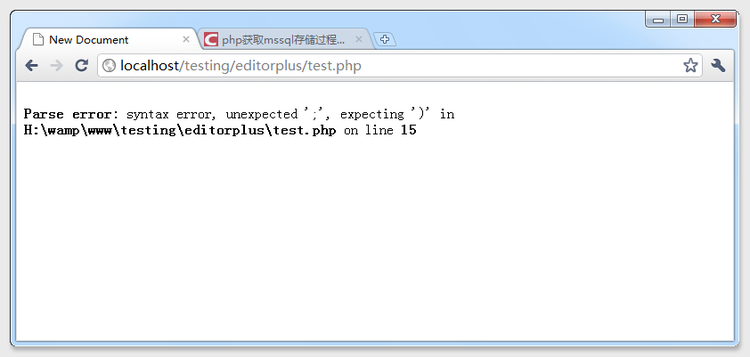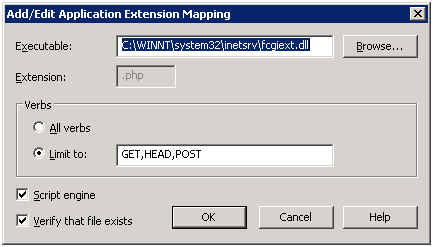当前位置:编程学习 > php >>
<?php
$a_bool = TRUE; // a boolean
$a_str = "foo"; // a string
$a_str2 = 'foo'; // a string
$an_int = 12; // an integer
echo gettype($a_bool); // prints out: boolean
echo gettype($a_str); // prints out: string
// If this is an integer, increment it by four
if (is_int($an_int)) {
$an_int += 4;
}
// If $bool is a string, print it out
// (does not print out anything)
if (is_string($a_bool)) {
echo "String: $a_bool";
}
?>
答案:四种标量类型:
- boolean (布尔型)
- integer (整型)
- float (浮点型, 也称作 double)
- string (字符串)
两种复合类型:
- array (数组)
- object (对象)
最后是两种特殊类型:
- resource (资源)
- NULL (NULL)
为了确保代码的易读性,本手册还介绍了一些伪类型:
- mixed
- number
- callback
以及伪变量 $....
可能还会读到一些关于“双精度(double)”类型的参考。实际上 double 和 float 是相同的,由于一些历史的原因,这两个名称同时存在。
变量的类型通常不是由程序员设定的,确切地说,是由 PHP 根据该变量使用的上下文在运行时决定的。
Note: 如果想查看某个表达式的值和类型,用 var_dump()。
如果只是想得到一个易读懂的类型的表达方式用于调试,用 gettype()。要查看某个类型,不要用 gettype(),而用 is_type 函数。以下是一些范例:
复制代码 代码如下:
<?php
$a_bool = TRUE; // a boolean
$a_str = "foo"; // a string
$a_str2 = 'foo'; // a string
$an_int = 12; // an integer
echo gettype($a_bool); // prints out: boolean
echo gettype($a_str); // prints out: string
// If this is an integer, increment it by four
if (is_int($an_int)) {
$an_int += 4;
}
// If $bool is a string, print it out
// (does not print out anything)
if (is_string($a_bool)) {
echo "String: $a_bool";
}
?>
如果要将一个变量强制转换为某类型,可以对其使用强制转换或者 settype() 函数。
注意变量根据其当时的类型在特定场合下会表现出不同的值。更多信息见类型戏法。此外,你还可以参考 PHP 类型比较表看不同类型相互比较的例子。
- 更多php疑问解答:
- php使用imagick将image图片转化为字符串模式
- php通过gd实现图片图片转换为字符图代码
- PHP把图片转base64代码,php把base64代码转换为图片并保存
- PHP把图片base64转换成图片并保存成文件
- wordpress问题<?php if(have_posts()) : ?>
- 建设一个搜索类网站php还是jsp,数据库那个好
- 没理由啊 php代码无法执行,貌似有语法错误。。。
- 关于PHP 和API 的一段代码不懂啊不懂,请高手指点! 这是淘宝API的
- php语言中,序列化到底在那里使用?它的优势是什么?劣势是什么?
- PHP函数等于或等于应该怎么表达
- 请教php高手,解决basename函数和mb_substr函数处理中文文件名称的解决方法,在上传文件时,总是出现乱码
- .NET,PHP,JAVA,JS优秀点分别是?
- 织梦cms 在环境监测的时候 wamp5 gd不支持 是为什么。;extension=php_gd2.dll这一句我删除了还是不显示?
- 我想学PHP。1.应安装什么编程工具? 2. 装LIUNX系统是装简易的还是?什么版本的?3.还应安装什么?
- <?php 和 <? 有什么区别





